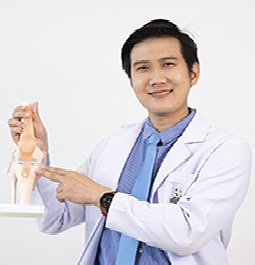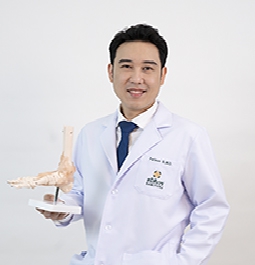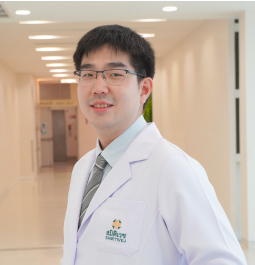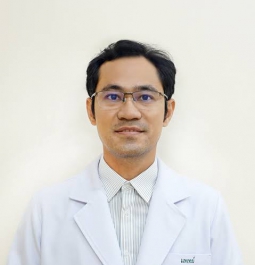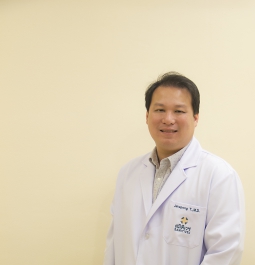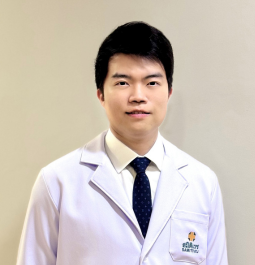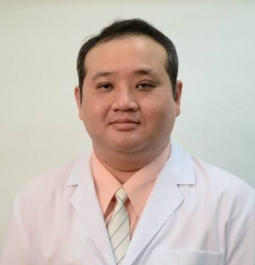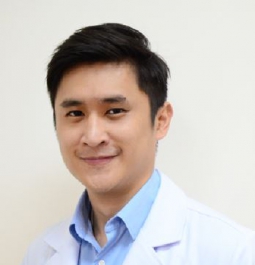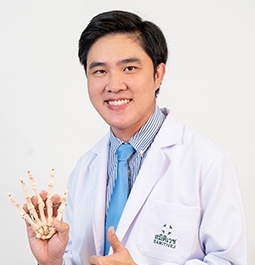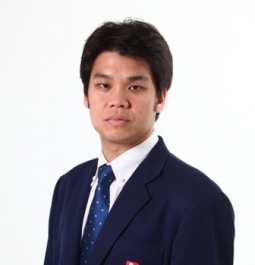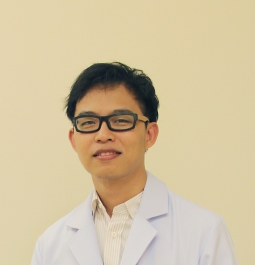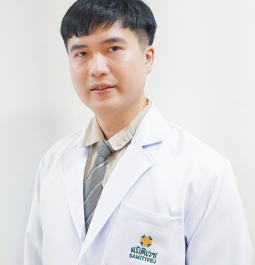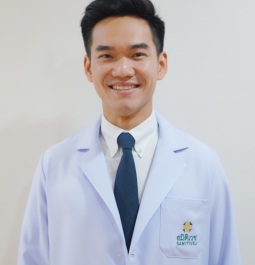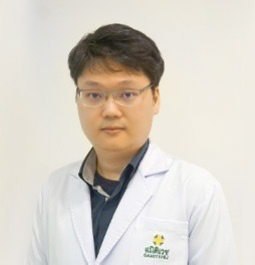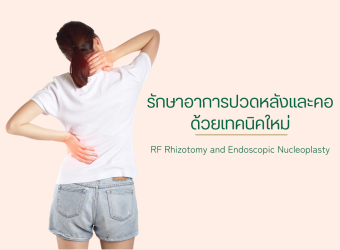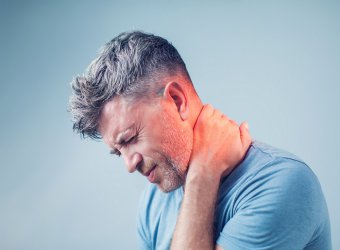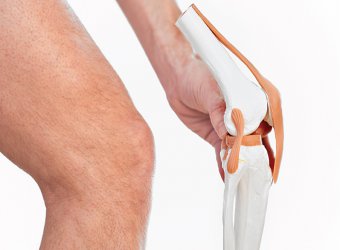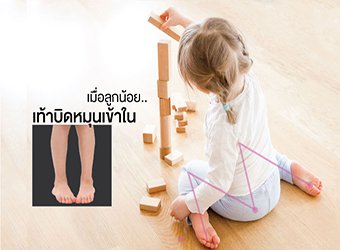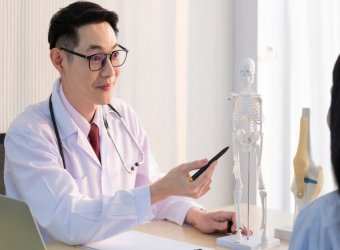Osteoporosis
(Orthopedic Surgery Center) article author : Admin
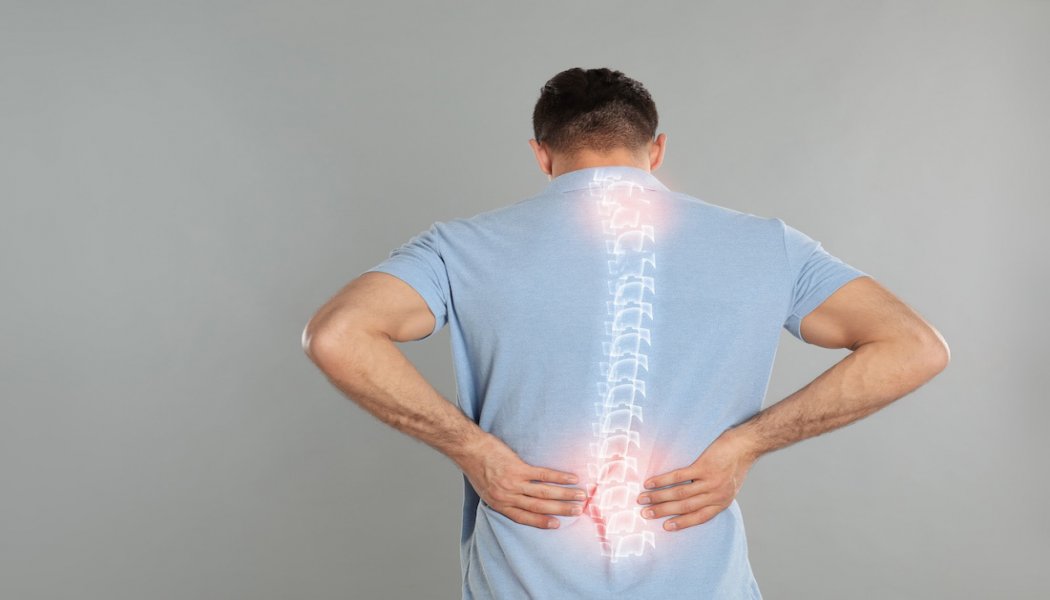
Osteoporosis
As we age, the degeneration of various organs is inevitable, and ‘bones’ are among the vital organs that deteriorate over time. This can lead to osteoporosis, which, if not properly cared for and treated, can result in easily fractured bones and pose a serious threat to the elderly. To better understand osteoporosis, here are the causes, symptoms and treatment methods.
Understanding Osteoporosis
Osteoporosis is a condition where there is a decrease in bone density and bone structure deteriorates due to aging and other factors. This leads to weakened bones that are prone to fractures and injuries. People with osteoporosis are at a higher risk of experiencing fractures compared to the general population, even with minimal movement. When bones fracture, it affects the quality of life and limits the ability to perform daily activities. Thus, preventing and managing osteoporosis, especially in the elderly, is crucial.
Causes of Osteoporosis
- Aging, which leads to reduced bone density
- Decreased hormones in the body
- Family history of osteoporosis
- Abnormal function of glands and organs, such as the thyroid or adrenal glands
- Certain medications that accelerate bone loss or interfere with bone formation, such as steroids
- Lifestyle factors like insufficient calcium intake, heavy alcohol consumption and excessive smoking
Symptoms of Osteoporosis
Generally, osteoporosis is a silent disease without warning signs, making patients unaware until they suffer a fracture. However, the following symptoms may indicate an issue:
- Chronic back pain
- A hunched back
- Pain radiating to various parts of the body
- In severe cases, a noticeable decrease in height
Four Ways to Prevent Osteoporosis
• Eat calcium-rich foods like leafy greens, milk, fish and grains
• Engage in appropriate exercise, such as brisk walking, jogging or walking on a treadmill, but avoid strenuous or risky movements
• Avoid alcohol and smoking
• Get regular bone density checks to allow doctors to detect abnormalities and plan treatment accordingly
Treating Osteoporosis
Medication
There are two types of medication for treating osteoporosis: drugs that inhibit bone resorption and those that stimulate bone formation. The doctor will evaluate which to use and discuss treatment plans with the patient and their family for the most suitable approach.
Surgery
Surgical treatment for osteoporosis is necessary when a fracture occurs. After surgery, patients must undergo physical therapy and take proper care of themselves to recover quickly and reduce the risk of complications.
If elderly individuals experience bone pain or any abnormalities, they should see a doctor for diagnosis and appropriate treatment. At Samitivej Chonburi Hospital, we have highly specialised orthopaedic doctors and fully equipped facilities for safe and effective treatment.


